Parsnips are in season from September through March, so you'll see a lot of roasting, soups, and stews to go with the cooler temperatures. These parsnip recipes are organized into 9 categories and I hope you enjoy them throughout the entire season.
Jump to:
What do parsnips pair with?
Parsnips are sweet and nutty, especially when roasted. Darker sugars and warm baking spices enhance those flavors, whereas most green herbs nicely complement them.
Parsnips also work well with licorice flavors like tarragon, star anise and fennel. Juniper berries are the main flavor in gin, which is why both of those also pair well.
- Sweeteners: Honey, maple syrup, dates, and brown sugar
- Herbs: rosemary, thyme, sage, bay, parsley, marjoram, and tarragon
- Spices: nutmeg, cinnamon, mustard seed, cumin, cardamom, caraway, star anise, juniper berries
- Nuts: pine nuts, chestnuts, hazelnuts, and walnuts
- Fruits: apples, pears, kumquats, limes, and oranges
- Vegetables: carrots, celery root, garlic, and fennel
- Drinks: cider, gin, and stout beers
Discover even more flavors from this food pairing tool.
Roasted
Arguably the easiest way to enjoy parsnips is to toss them with some oil and spices, then roast until soft and caramelized. Many of these recipes use maple syrup, brown sugar, and honey to bring out the sweetness when roasting.
In the oven
Whether roasting or baking, there are a lot of oven-based parsnip recipes worth trying. Maple flavors continue to show up here, but don't overlook other pairings like a cheesy gratin or a panzanella salad with pumpkin bread.
On the stove top
Parsnips can be pan-roasted, but also prepared in several other ways on the stove top. This method cooks faster and the caramelized notes are more subtle than when roasted in the oven.
Larger parsnips can have a woody core that might be more noticeable with this cooking method. Either buy small to medium sized parsnips, or consider cutting away the core.
Mashed & pureed
Parsnips are excellent when mashed, but don't think they'll fool anyone as a substitute for mashed potatoes. You have to be interested in and work with the flavor of parsnips.
One reason people like using parsnips is they can be healthier than potatoes if you are concerned about blood sugar. While parsnips have more sugar than potatoes, they have a lower glycemic index.
Fries
Move over sweet potato fries, parsnip are the new fall fries. Sweet and nutty, they are a great fall side dish. Here are several recipes to get you started.
Raw
While carrots are very commonly eaten raw, parsnips aren't. They definitely can be and are great with a good dip on a veggie platter or in salads and slaws.
Parsnips do oxidize (turn brown) when cut, so be sure to toss them with lemon juice or a vinegar-based dressing to keep them looking fresh.
Soup
There are plenty of parsnip recipes for soup because their flavor and texture works so well.
If you have larger parsnips with a woody core, consider using them in soups as the core will completely soften once pureed. They might lend a very slight bitter flavor, but most people can't detect that.
Also, if you have parsnips that have gotten soft (but not slimy and don't smell bad), they are still safe to eat. Pureed soups are a great way to give them one last chance before they are composted.
A full meal
Bring it all together with a meal that's well paired with complimentary flavors. For example, the Guinness stew works in the stout-parsnip paring, while the chicken thigh recipe uses herbs that pair well with both apricots and parsnips.
Baked goods
Parsnips were used as a sweetener in Europe before sugar became a staple import.
Think of using parsnips in baking like you would carrots for a carrot cake. The idea is similar. In fact, they have about the same amount of sugar as carrots, even more so when picked in winter (they get sweeter after frosts).

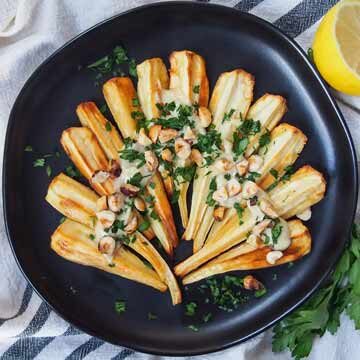
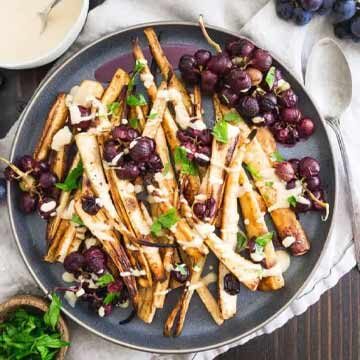



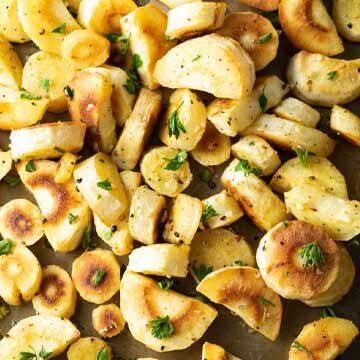

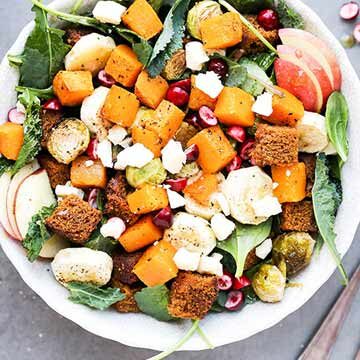

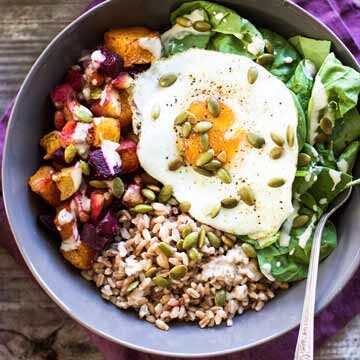
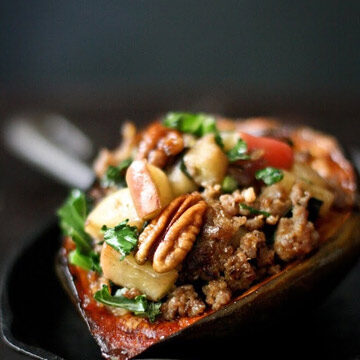
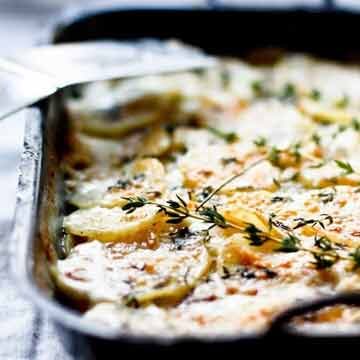

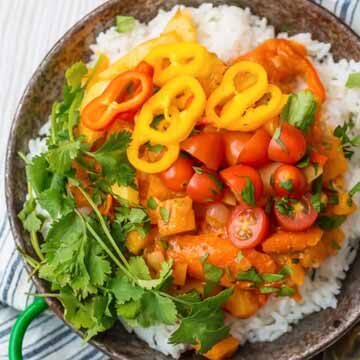

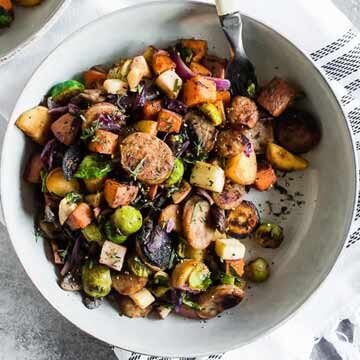




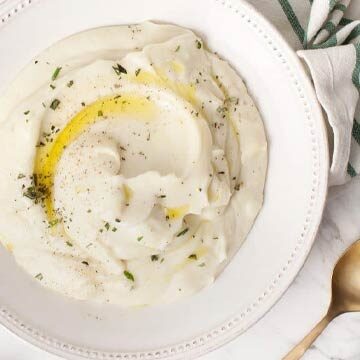
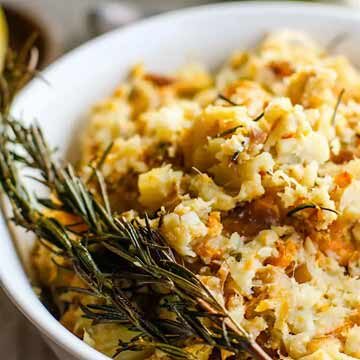
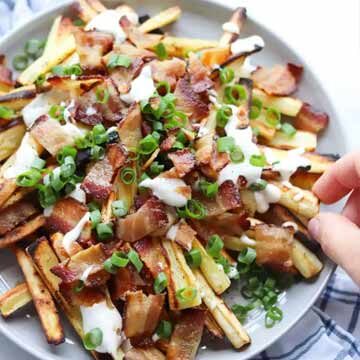
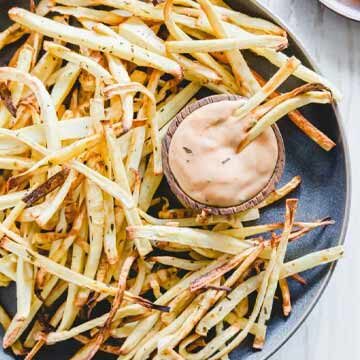
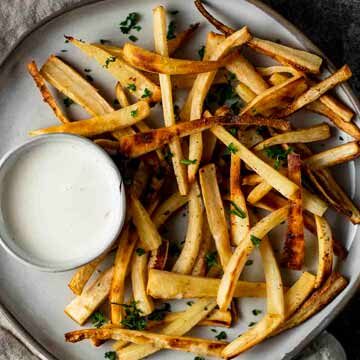




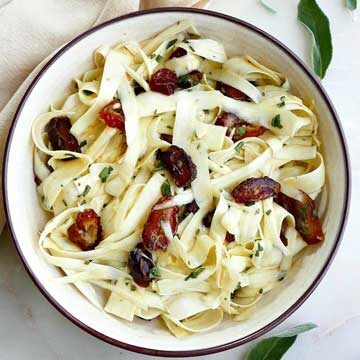


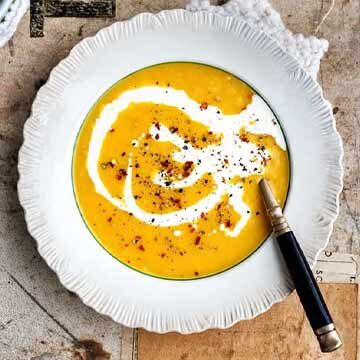
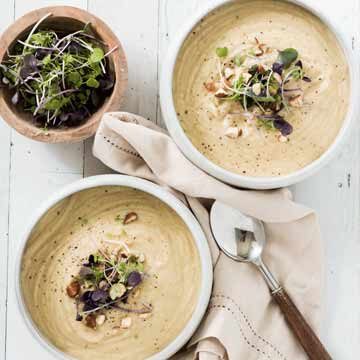
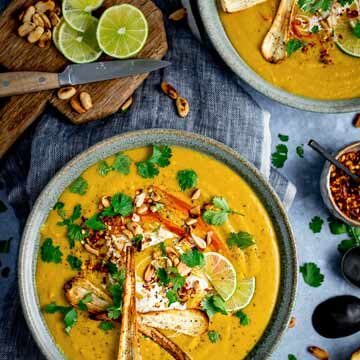

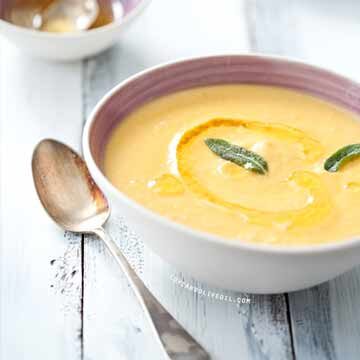

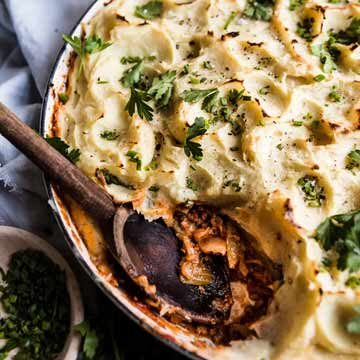


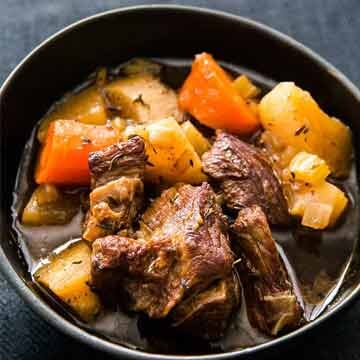




Leave a Reply